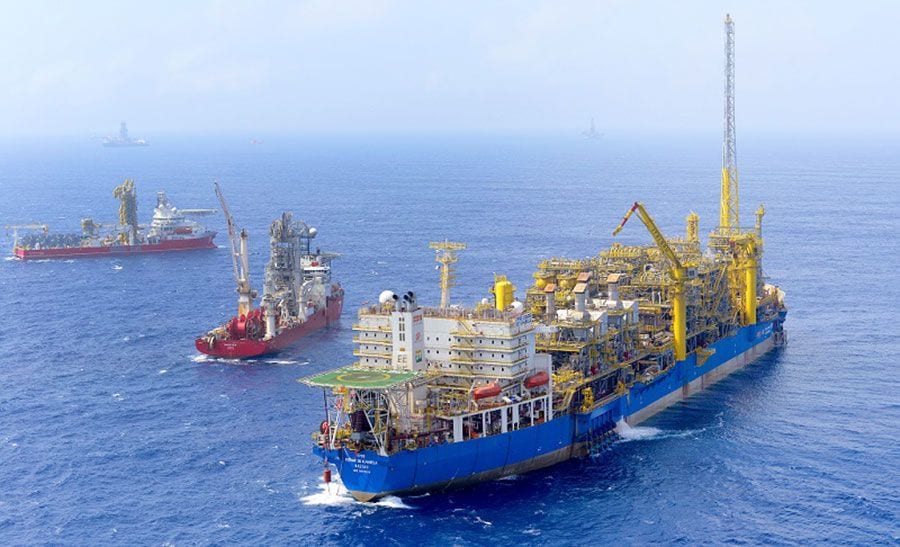The effect of the COVID-19 virus on global demand for oil and gas, along with an ongoing price war that has sent oil prices tumbling at an unprecedented rate, are poised to wreak havoc on new project development plans for this year.
According to an impact analysis from Rystad Energy, exploration and production (E&P) companies are likely to reduce project sanctioning by up to $131 billion, or about 68% year-on-year, as they batten down the hatches to weather the storm.
In 2019 total onshore and offshore project sanctioning reached some $192 billion. Rystad Energy had ranked the Liza Phase 2 development at the 6.6 million acres Stabroek Block offshore Guyana as being among the top 15 approved offshore projects in the world for 2019 in terms of capital expenditure and facility type.
At the outset of this year, Rystad Energy forecast that projects representing about $190 billion worth of investments would be sanctioned this year. Recent developments, however, have spawned a major revision to that estimate.
The Norway-based research company said if the price of Brent crude averages around $30 per barrel in 2020, which it sees as an increasingly likely scenario, it estimates that total project sanctioning will be reduced to just $61 billion. Some $30 billion of the overall expenditure is tied to onshore projects and $31 billion to offshore.
“Upstream players will have to take a close look at their cost levels and investment plans to counter the financial impact of lower prices and demand. Companies have already started reducing their annual capital spending for 2020,” says Audun Martinsen, Rystad Energy’s Head of Energy Service Research.
In a $40 per barrel price scenario, which is getting more distant by the day, total sanctioning would still be heavily slashed year-on-year, with Rystad Energy estimating a collective sum of $82 billion, representing a decline of 57%.
In North America, multi-billion dollar oil projects, including LLOG-operated Shenandoah Phase 1 and the Shell-operated Whale development, could face short-term delays in the offshore sector due to low oil prices, while in the onshore sector operators are expected to wait for the situation to stabilize before committing to new projects.
Rystad Energy said project sanctioning schedules are expected to face delays of several months – even for those with breakeven requirements of less than $40 per barrel, let alone those with higher costs – as most oil companies will prefer to wait for the spread of Covid-19 to slow down and for the market to start to recover.
“Still, one of the major projects that is expected to get sanctioned this year is ExxonMobil’s Greater Liza development off Guyana, which encompasses the Payara and Pacora discoveries,” Rystad Energy stated.
The 220,000 barrels per day Payara Development Project is expected to come on stream by 2023, closely following the Liza Phase 1 and 2 developments.



